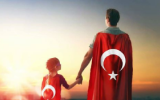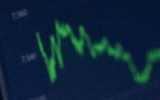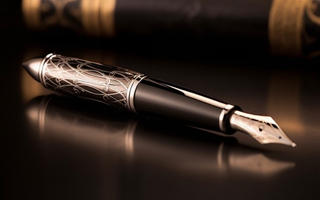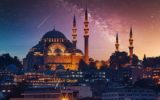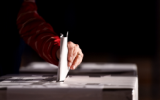
“BLOOD ON THE STREETS”
Officials in four provinces said the message was clear -- failure to stamp out the unrest would encourage people to protest in the future.
A local official in Karaj, a working-class city near the capital, said there were orders to use whatever force was necessary to end the protests immediately. “Orders came from Tehran,” he said, speaking on condition of anonymity. “Push them back to their homes, even by shooting them.” Local government officials declined to comment.
Residents of Karaj said they came under fire from rooftops as Revolutionary Guards and police on motorcycles brandished machine guns. “There was blood everywhere. Blood on the streets,” said one resident by telephone. Reuters could not independently verify that account.
In Mahshahr county, in the strategically important Khuzestan province in southwest Iran, Revolutionary Guards in armoured vehicles and tanks sought to contain the demonstrations. State TV said security forces opened fire on “rioters” hiding in the marshes. Rights groups said they believe Mahshahr had one of the highest protest death tolls in Iran, based on what they heard from locals.
"The next day when we went there, the area was full of bodies of protesters, mainly young people. The Guards did not let us take the bodies," the local official said, estimating that “dozens” were killed.
The U.S. State Department has said it has received videos of the Revolutionary Guards opening fire without warning on protesters in Mahshahr. And that when protesters fled to nearby marshlands, the Guards pursued them and surrounded them with machine guns mounted on trucks, spraying the protesters with bullets and killing at least 100 Iranians.
Iran’s authorities dispute the U.S. account. Iranian officials have said security forces in Mahshahr confronted “rioters” who they described as a security threat to petrochemical complexes and to a key energy route that, if blocked, would have created a crisis in the country.
A security official told Reuters that the reports about Mahshahr are “exaggerated and not true” and that security forces were defending “people and the country’s energy facilities in the city from sabotage by enemies and rioters.”
In Isfahan, an ancient city of two million people in central Iran, the government’s vow to help low-income families with money raised from higher gas prices failed to reassure people like Behzad Ebrahimi. He said his 21-year-old nephew, Arshad Ebrahimi, was fatally shot during the crackdown.
“Initially they refused to give us the body and wanted us to bury him with others killed in the protests,” Ebrahimi said. “Eventually we buried him ourselves, but under the heavy presence of security forces." Rights activists confirmed the events. Reuters was unable to get comment from the government or the local governor on the specifics of the account.
Hello, the comments you share on our site are a valuable resource for other users. Please respect other users and different opinions. Do not use rude, offensive, derogatory, or discriminatory language.
The floor is all yours.


